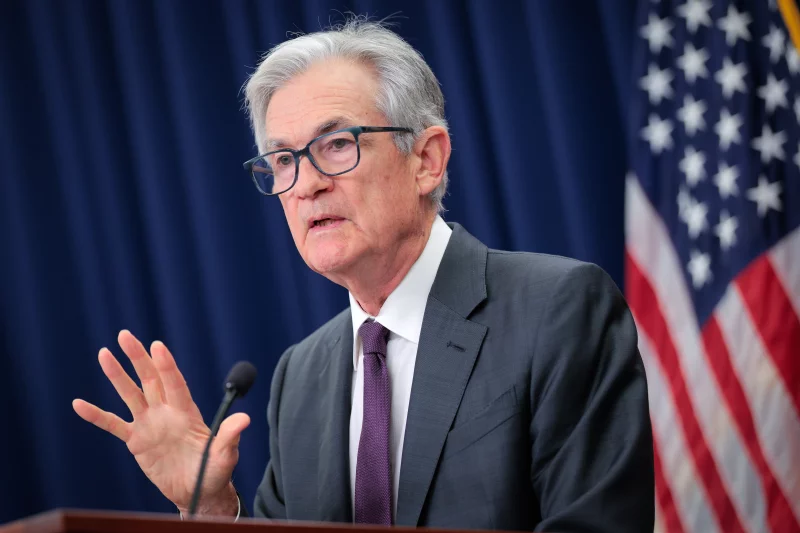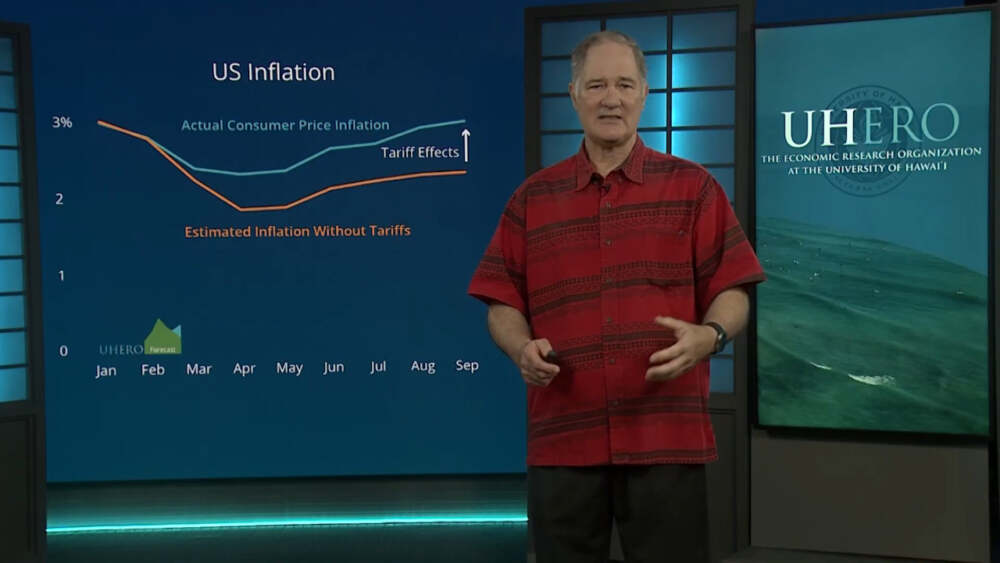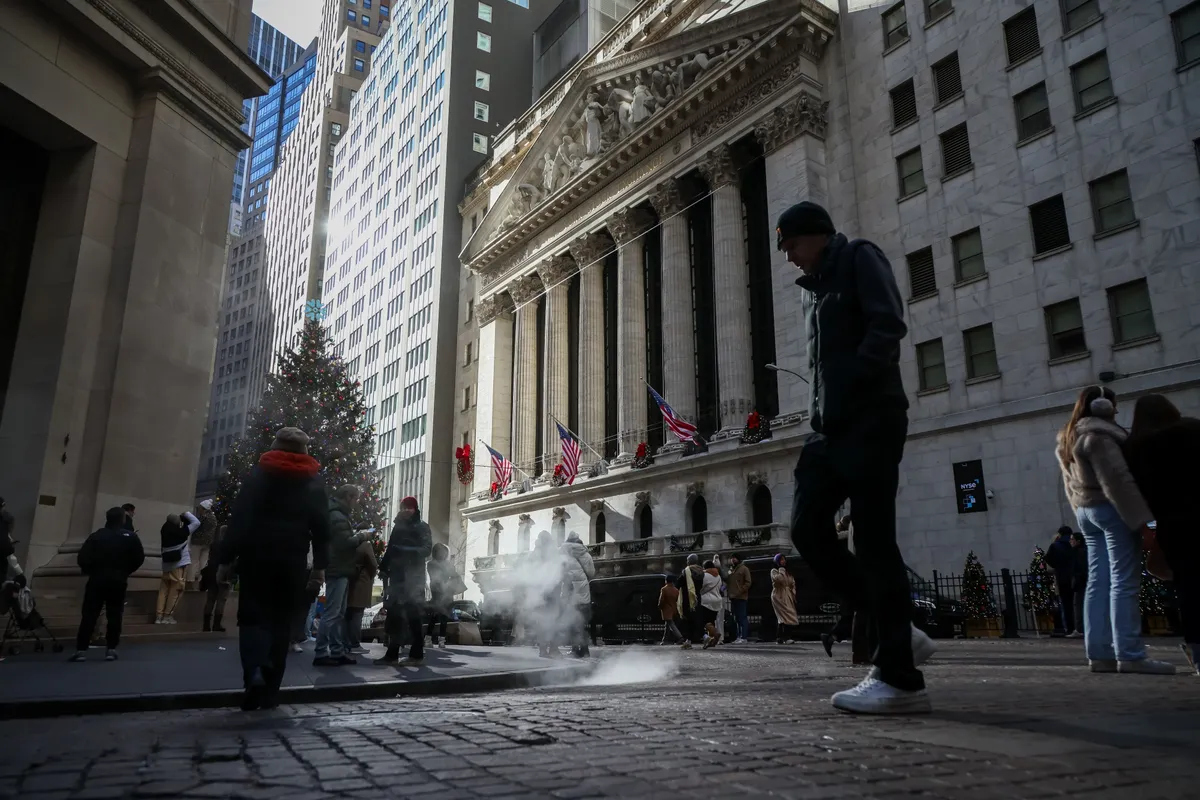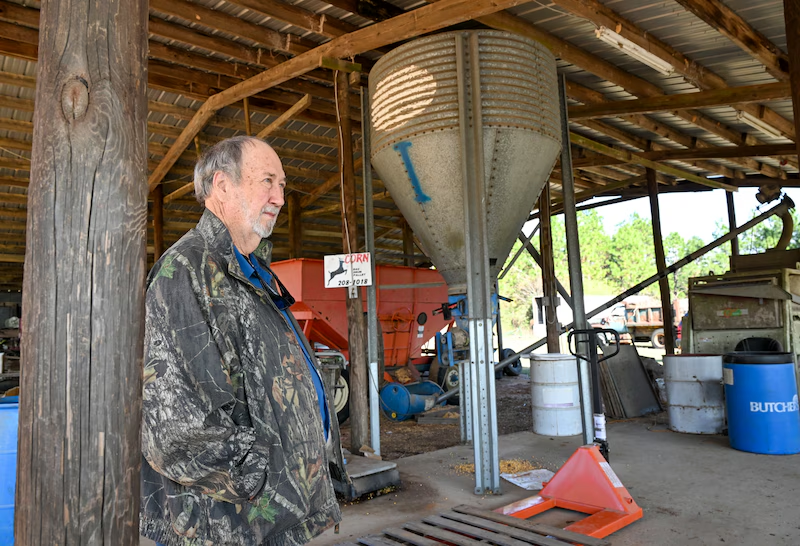The U.S. economy is entering a critical juncture as the Federal Reserve confronts two opposing forces — a cooling job market and inflation that remains stubbornly above its target. Policymakers at the central bank now face one of their toughest balancing acts in recent years: how to support employment without reigniting price pressures that have strained households and businesses alike.
Labor Market Losing Momentum
After months of strong hiring and wage gains, the American labor market is showing clear signs of fatigue. Employers have begun scaling back hiring plans, with many industries experiencing layoffs as consumer demand slows. Job openings have declined, and the unemployment rate has edged upward, signaling a shift from the red-hot labor conditions that defined the post-pandemic recovery.
Economic analysts note that businesses, particularly in retail, manufacturing, and technology, are exercising caution amid uncertain forecasts. Wage growth has also started to moderate, suggesting that employers feel less pressure to compete for workers. While this slowdown may ease inflationary pressures, it also raises concerns about the overall health of the economy heading into the final quarter of the year.
Inflation Still Too High
Despite some progress, inflation continues to hover around 3 percent — still above the Federal Reserve’s long-term goal of 2 percent. Energy and housing costs remain key contributors, while higher prices for imported goods and services continue to affect everyday consumers.
Policymakers remain cautious about declaring victory over inflation. They have warned that supply chain disruptions, global instability, and tariffs could keep prices elevated longer than expected. The combination of cooling employment and persistent inflation makes the central bank’s next steps especially delicate.
The Fed’s Next Move
With economic signals mixed, the Federal Reserve is under pressure to decide whether to continue lowering interest rates or maintain its current stance. Earlier this year, it cut rates modestly to stimulate growth, but officials remain divided about further reductions.
Cutting rates too quickly could risk fueling inflation again, while holding rates too high might deepen the slowdown in hiring. The challenge is further complicated by a temporary disruption in federal economic data due to the ongoing government shutdown, leaving the Fed with limited visibility into real-time conditions.
A Balancing Act with Global Consequences
The Federal Reserve’s decisions have far-reaching implications beyond the United States. Global markets, already sensitive to fluctuations in U.S. monetary policy, are closely watching for clues about future rate moves. A softer dollar could boost exports, while lower borrowing costs might help stabilize housing and manufacturing sectors.
However, the stakes are high. If inflation proves more persistent than expected, the Fed could be forced to reverse course and tighten policy again — a move that could jolt financial markets and slow growth even further.
Outlook for Workers and Consumers
For everyday Americans, the shifting economic landscape presents both relief and uncertainty. Slower inflation means prices may stabilize, but fewer job opportunities and slower wage growth could strain household budgets. Borrowers might see lower interest rates on mortgages and credit cards, yet savers could face smaller returns.
Economists say the coming months will test the resilience of the U.S. economy. The Fed’s cautious approach underscores its determination to avoid a repeat of past policy missteps — moving too fast in one direction only to reverse course when conditions change.
The Bottom Line
As the Federal Reserve navigates this uncertain phase, one truth remains clear: restoring balance between inflation control and job growth will require precision, patience, and a little luck. The next few policy decisions could determine not just the trajectory of the U.S. economy, but the global financial climate well into 2026.
















Leave a Reply